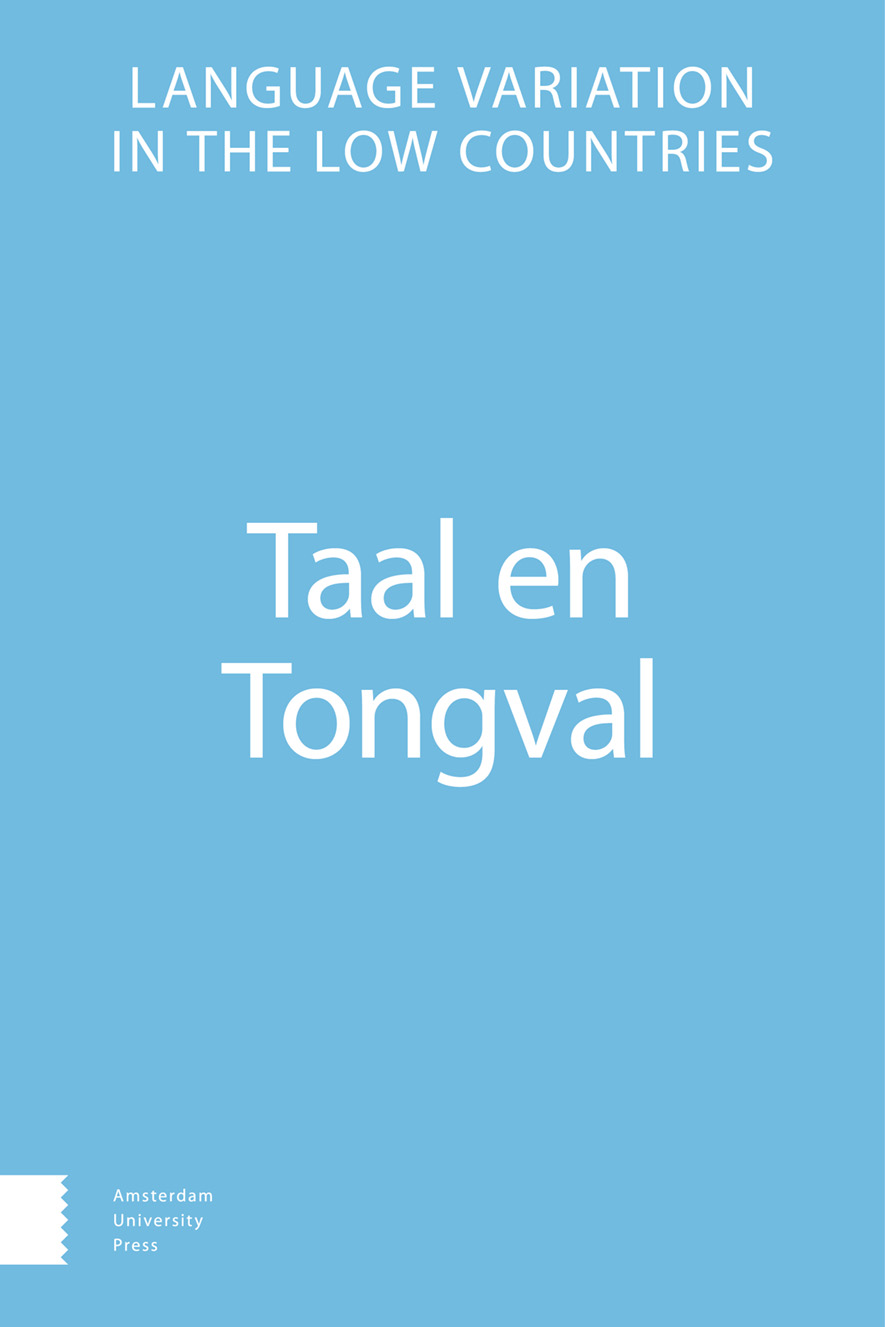-
oa Doing ‘speaking the (non-)standard’ in the media
Methodological implications of a ‘third wave’ or ‘Speaker Design’ approach illustrated in an Austrian case study1
- Amsterdam University Press
- Source: Taal en Tongval, Volume 68, Issue 2, Dec 2016, p. 151 - 172
Abstract
Current third-wave or Speaker Design approaches to sociolinguistic variation hold that speakers may use variation strategically to create certain communicative effects (such as the projection of interactional personas and alignments). This paper explores the implications that such approaches have for empirical research methodology. For this, the discussion draws on a case study of language shifting from standard Austrian German into Austrian non-standard/dialect on a TV discussion show, in order to expound the following issues: (1) how to identify strategic uses of language variation and shifting; (2) how to generate empirical evidence for the fact that such strategic language use is interpreted accordingly by listeners. It is suggested that media data are particularly useful in this enterprise, and that close attention must be paid to listeners’ perceptions of (non-)standard language and the associated social meanings in order to explain what speakers ‘do’ when they perform strategic shifts e.g. from standard to non-standard language in local interaction.


